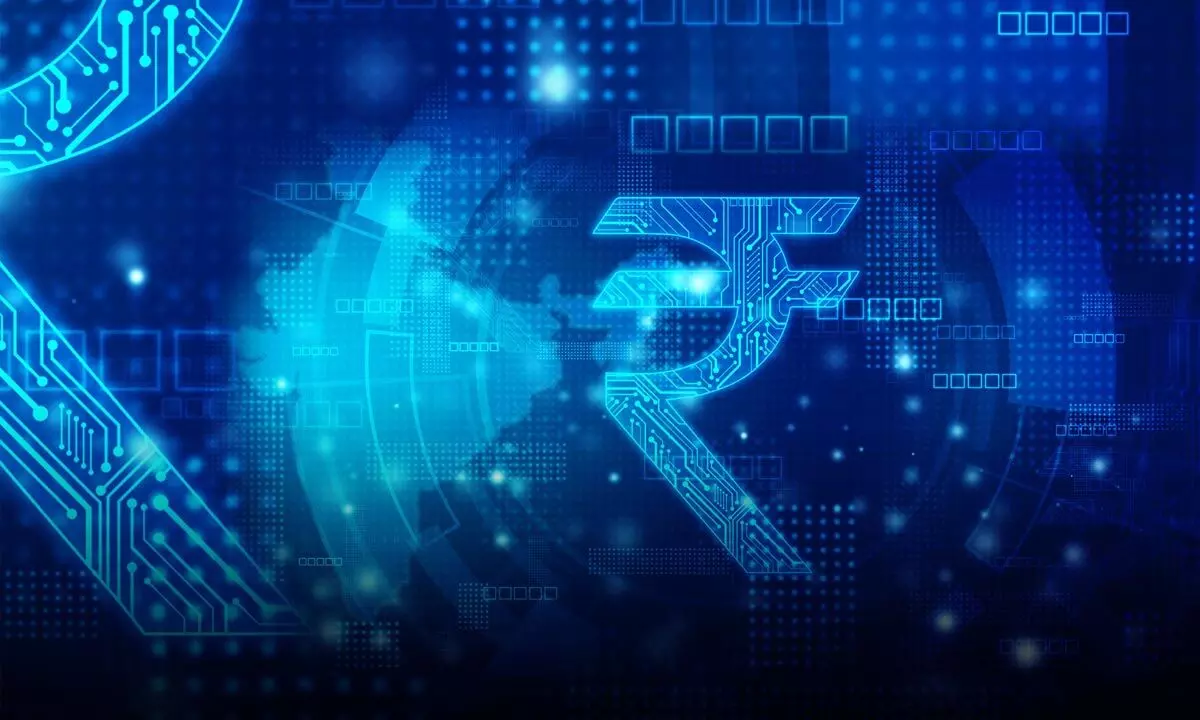India’s digital transformation is on the right path
India is embarking on a major existence drive in the digital economy. By any number of key metrics, from internet connections to application downloads, both the growth and volume of its digital economy now surpass those of most other countries.
image for illustrative purpose

India is embarking on a major existence drive in the digital economy. By any number of key metrics, from internet connections to application downloads, both the growth and volume of its digital economy now surpass those of most other countries. The government and the private sector are moving quickly to spread high-speed connectivity and offer the hardware and services to put consumers and businesses online. The Indian digital transformation market is projected to reach $ 1764 billion by 2026 with a significant CAGR of 72.3% during the forecast period 2020-2026. The government has enrolled more than 1.2 billion Indians in its biometric digital identity programme, Aadhaar, and fetched more than 10 million businesses onto a GST-laden common digital platform. Indian mobile data users, on an average, consume 8.3 gigabits (GB) of data each month compared with 5.5 GB for mobile users in China and 8.0 to 8.5 GB in South Korea, an advanced digital economy.
Based on recent trends, it is estimated that the number of internet users in India will increase by about 40% and double the number of smartphones to between 650 million and 700 million by the year-end. With myriad initiatives, the country is poised to become a digitally advanced nation. Just over 40% of the population has an internet subscription, but India is already home to one of the world’s largest and most rapidly increasing bases of digital consumers. It is digitizing activities at a pace that is faster than many economies. The internet user base has proliferated in recent years, driven by the reducing cost and increasing accessibility of smartphones and high-speed connectivity. The public sector has been a strong catalyst for India’s rapid digitization.
Digital technology can transform the country’s agriculture ecosystem in several ways. Online bank accounts can provide income and spending data that farmers require to qualify for cheaper credit from banks. Digital land-registry records could make crop insurance accessible to more farmers. Precision agriculture, delivering real-time data to farmers’ mobile phones to assist them in optimizing fertilizer, pesticide and other inputs can increase yields by 15% or more. After harvest, farmers could use various online marketplaces for agricultural produce to explore with a larger pool of potential buyers. One such platform, eNAM, the government’s electronic National Agriculture Market is available in 585 locations across 16 states. It shows a potential to increase prices realized by farmers by 15%.
The increasing rate of cybersecurity threat in India and attacks on embedded systems and IoT are the restricting factors for the markets’ digital transformation. The market is fragmented owing to the presence of several large-sized companies, mid-sized & small-sized companies, and many start-ups that facilitate the digital transformation industry. Some top-bracket companies enjoy the lion’s share of the digital transformation market.

